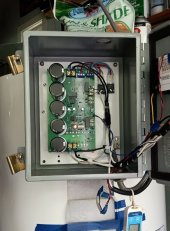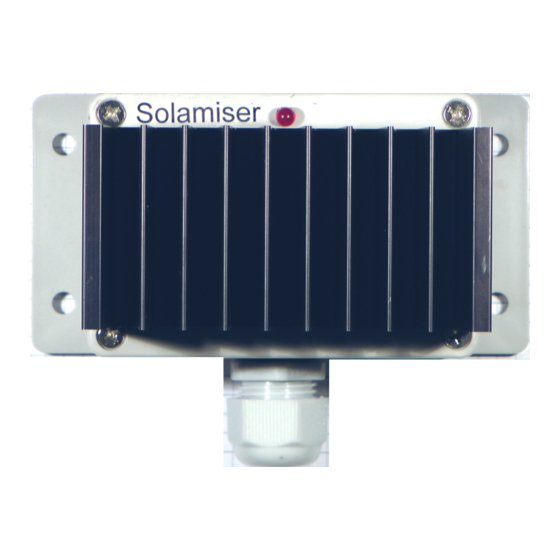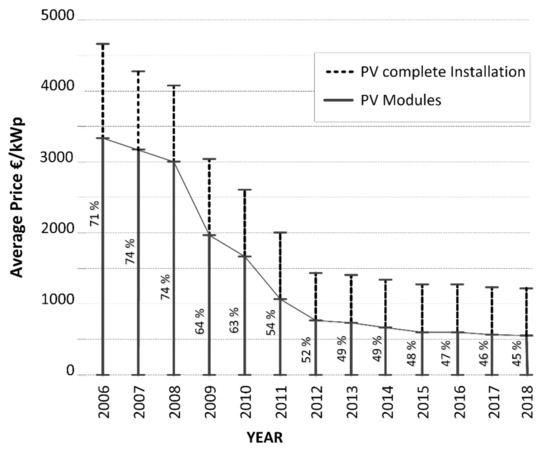szilveszterandras
New Member
- Joined
- Oct 17, 2022
- Messages
- 3
as the title says, i'm trying to heat water for domestic use via PV. From my research so far, the most popular suggestion seems to be solar thermal. That isn't the right option for me.
Pros of solar thermal:
smaller surface area
Pros of solar PV:
cheaper (depending on the solution)
no/fewer moving parts
ease of installation: channels for PV cabling already installed, that's not the case for solar thermal
i already have an AC immersion heater in my hot water tank
in the future i plan to install a proper 5kw PV grid-tie system so i could reuse the panels
the big one: i don't have to worry about overheating issues in the summer when i don't use hot water for a couple of days
Tank's 200 liters, and my hot water energy demand is roughly 8 kWh/day, so a 700-1000 watt system would suffice. Ideally i'd like to use an off-the-shelf solution as much as possible, not the custom microcontroller route, that said, hooking up a temperature probe to a relay through arduino etc isn't a problem. So far i entertained 3 options:
simplest/cheapest is to get a DC immersion heater and match it to PV panels to be close to MPP. I'd need a temp probe and a relay/mosfet to cut power when water temperature reaches upper limit. I'm worried about the safety of switching relatively high voltage DC current, also about potential electrolysis happening in the tank, not sure what kind of damage could that do. I know AC immersion heaters have a protective outer shell and ground protection, which wouldn't be the case for DC
use a solar charge controller like this one (https://www.epever.com/product/tracer-an-10-40a-mppt-charge-controller/) and hook only a properly rated DC immersion heater up to it. This gives me more efficiency because MPPT, but the questions of cutoff and electrolysis are still there (unless these controllers have safety mechanisms in them). I also don't know if these controllers can work without batteries connected, but i'd like to avoid batteries in the system.
use an off-grid solar inverter that already outputs 240v, and hook it up to the existing immersion heater (AC 240v, 2500W). This is the priciest option, but easiest to install since the immersion heater is already in place, it has internal thermostatic control for cutoff and is grounded, although i don't know how an off-grid inverter handles ground protection. The question is, can off-grid inverters work without batteries hooked up? Every one i saw has battery terminals in addition to the AC plugs.
Any input is appreciated.
Pros of solar thermal:
smaller surface area
Pros of solar PV:
cheaper (depending on the solution)
no/fewer moving parts
ease of installation: channels for PV cabling already installed, that's not the case for solar thermal
i already have an AC immersion heater in my hot water tank
in the future i plan to install a proper 5kw PV grid-tie system so i could reuse the panels
the big one: i don't have to worry about overheating issues in the summer when i don't use hot water for a couple of days
Tank's 200 liters, and my hot water energy demand is roughly 8 kWh/day, so a 700-1000 watt system would suffice. Ideally i'd like to use an off-the-shelf solution as much as possible, not the custom microcontroller route, that said, hooking up a temperature probe to a relay through arduino etc isn't a problem. So far i entertained 3 options:
simplest/cheapest is to get a DC immersion heater and match it to PV panels to be close to MPP. I'd need a temp probe and a relay/mosfet to cut power when water temperature reaches upper limit. I'm worried about the safety of switching relatively high voltage DC current, also about potential electrolysis happening in the tank, not sure what kind of damage could that do. I know AC immersion heaters have a protective outer shell and ground protection, which wouldn't be the case for DC
use a solar charge controller like this one (https://www.epever.com/product/tracer-an-10-40a-mppt-charge-controller/) and hook only a properly rated DC immersion heater up to it. This gives me more efficiency because MPPT, but the questions of cutoff and electrolysis are still there (unless these controllers have safety mechanisms in them). I also don't know if these controllers can work without batteries connected, but i'd like to avoid batteries in the system.
use an off-grid solar inverter that already outputs 240v, and hook it up to the existing immersion heater (AC 240v, 2500W). This is the priciest option, but easiest to install since the immersion heater is already in place, it has internal thermostatic control for cutoff and is grounded, although i don't know how an off-grid inverter handles ground protection. The question is, can off-grid inverters work without batteries hooked up? Every one i saw has battery terminals in addition to the AC plugs.
Any input is appreciated.






